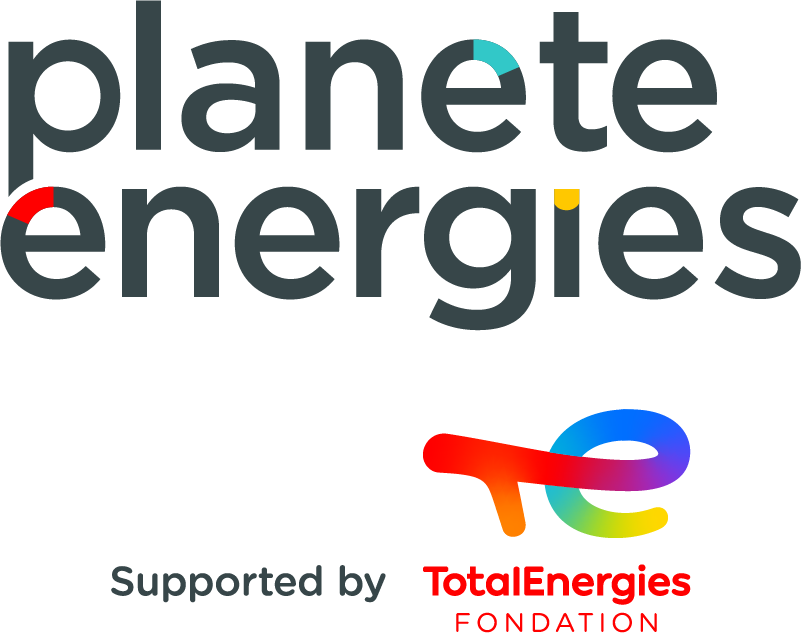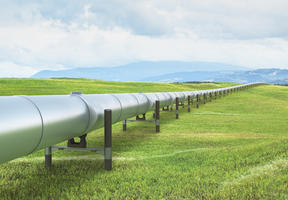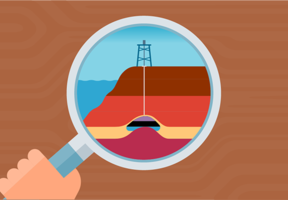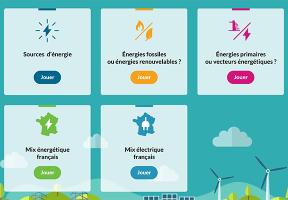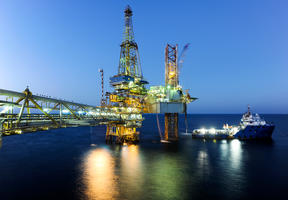The Role of Liquefied Natural Gas (LNG)
5 min read
When in liquid form, natural gas is easier to transport. Find out more about the LNG industry, which has a promising future.
What Is LNG?
LNG = Liquefied Natural Gas.
What is the point of liquefying natural gas?
To reduce its volume and make it easier and more cost-effective to transport.
How does liquefied natural gas work?
- Departure from extraction site. / Transportation through gas pipelines. / Arrival at plant.
- Initial cooling of gas + distillation / to separate out hydrocarbons (propane, butane, etc.).
- Gas temperature reduced as low as -160°C. It becomes liquid and 600 times less voluminous.
- Transportation in tankers. / Delivery to specialized ports.
- Pumping and regasification through heating. The liquid becomes a gas again. /
into the natural gas transmission network.
Disadvantages of LNG.
Need to build costly special infrastructure.
Advantages of LNG.
- The least carbon-intensive fossil .
- Transportation in tankers more cost-effective than through gas pipelines over long distances.
- Shipping also more flexible: tankers can be redirected (unlike pipelines).
Way to sidestep the technical and geopolitical problems of pipelines.
= Simpler connection between producer and consumer countries, which can be very far apart.
With these advantages, LNG promises to play a growing role in the global energy supply.
Natural gas, the 3rd -ranked
source in the world behind oil and
, has averaged growth of 3% a year over the last several decades. Production is expected to increase by 50% by 2030, making it the second most widely used fossil fuel in the world.
Summary:
- LNG = Liquefied Natural Gas. Liquefaction reduces the volume of the natural gas.
- Transportation in tankers more cost-effective, more flexible and simpler than through pipelines.
- 3 rd ranked primary energy source in the world, behind oil and coal. The least carbon-intensive fossil fuel.
